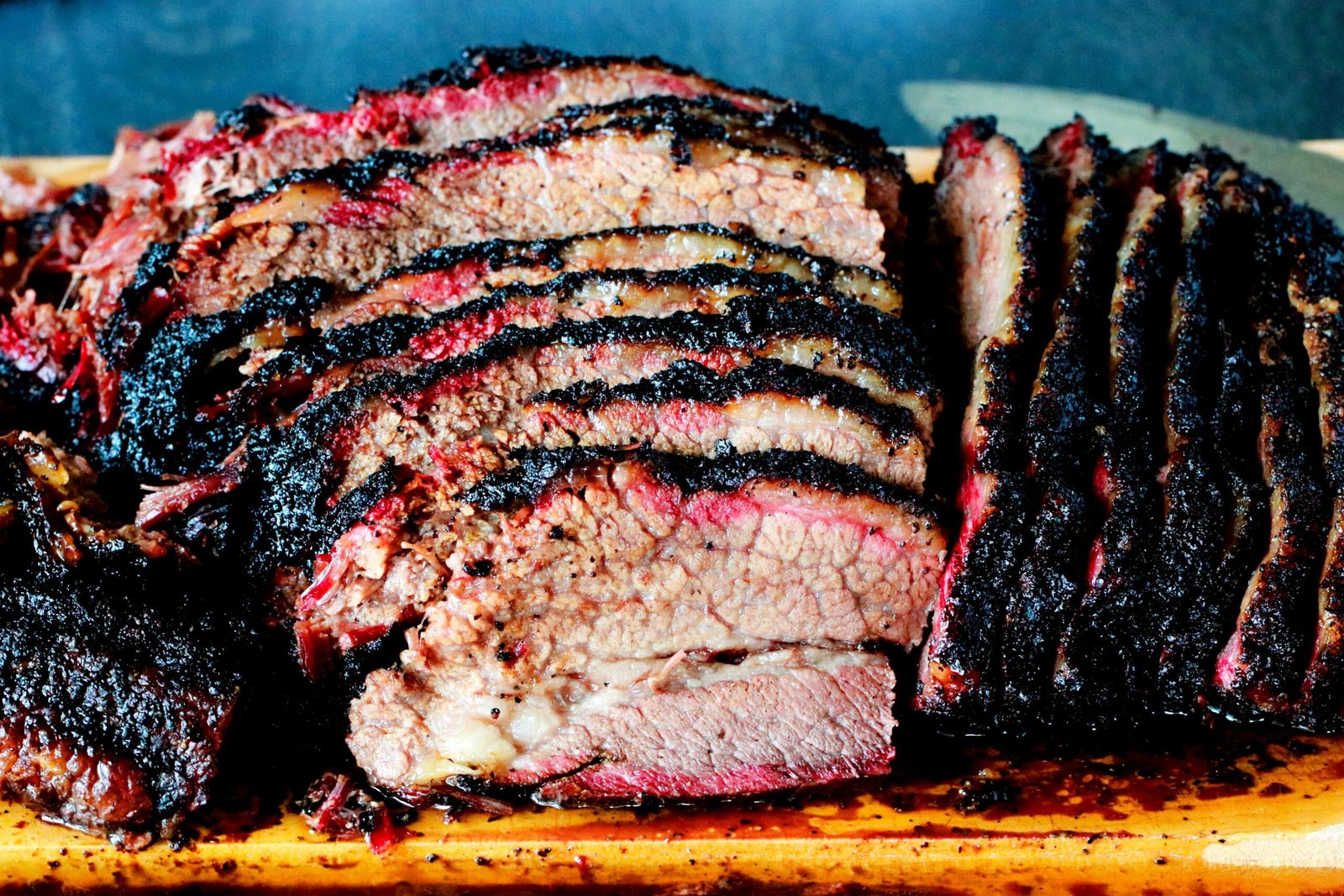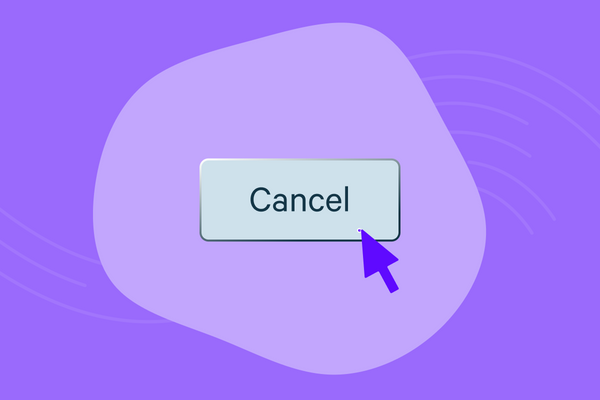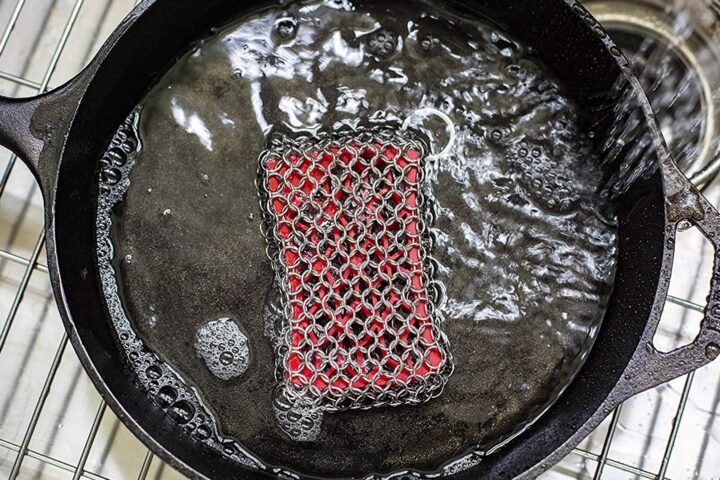Smoking a brisket to perfection is an art that combines patience, skill, and a deep understanding of your ingredients and equipment. Whether you’re a barbecue enthusiast looking to hone your skills or a novice ready to embark on a smoking journey, this comprehensive guide will walk you through every step of the process. With a focus on technique, tips, and some insider secrets, you’ll learn how to transform a simple piece of meat into a mouthwatering masterpiece.
Understanding Brisket: The Basics
Before diving into the smoking process, it’s essential to understand what brisket is and why it’s a cut that demands respect and patience. Brisket is a cut of beef from the lower chest of a cow. Because these muscles support a significant portion of the animal’s weight, the brisket is full of connective tissue. This characteristic makes it tough but also incredibly flavorful when cooked correctly. The key to a perfect brisket lies in slow cooking at low temperatures, allowing the fat and connective tissues to break down, resulting in tender, juicy meat.
Selecting Your Brisket
Choosing the Right Cut
When selecting a brisket, you’ll encounter two main choices: the flat cut and the point cut. The flat cut is leaner and more uniform in thickness, making it somewhat easier to cook evenly. The point cut, also known as the deckle, is fattier and contains more connective tissue. While it can be more challenging to cook, it often results in more flavorful and juicier meat. For beginners, a whole “packer” brisket, which includes both the flat and point, is recommended. It allows you to experience the best of both worlds and understand how different parts of the brisket behave during smoking.
Quality Matters
The quality of the meat significantly impacts the final product. Look for briskets with good marbling, the white flecks of fat within the muscle. These fat deposits will melt during the smoking process, adding flavor and moisture to the meat. Grass-fed or grain-finished beef? It’s a matter of personal preference, but many pitmasters swear by the enhanced taste and texture of grain-finished beef for smoking.
Preparing Your Brisket
Trimming
Proper trimming is crucial for even cooking and maximizing flavor. Start by removing any excess fat from the top side of the brisket, leaving about a quarter inch of fat. This layer of fat will help keep the meat moist during the long cooking process. Next, trim off any silver skin or excess fat from the bottom side. Be mindful not to over-trim; the goal is to promote even cooking and smoke penetration, not to remove all the fat.
Seasoning
Seasoning a brisket is both an art and a science. At its simplest, a brisket needs only salt and black pepper (the classic Texas-style rub) to shine. However, feel free to experiment with garlic powder, onion powder, paprika, and even a touch of brown sugar for a more complex flavor profile. The key is to coat the brisket evenly, allowing the rub to penetrate and flavor the meat.
Smoking Your Brisket
The Right Equipment and Setup
Whether using a traditional offset smoker, a pellet grill, or even a charcoal grill set up for indirect heat, the goal is to maintain a consistent low temperature, typically between 225°F and 250°F. Use a water pan inside your smoker to help regulate temperature and add humidity. When it comes to wood choice, oak, hickory, and mesquite are popular for their strong flavors, but fruitwoods like apple and cherry can provide a milder, sweeter smoke.
The Smoking Process
Place your brisket fat-side up on the grill grate to protect the meat from direct heat. The general rule of thumb is to smoke the brisket for about 1 to 1.5 hours per pound, but this is merely a guideline. The true test of doneness is when the internal temperature reaches around 200°F, and the meat feels tender when probed. Throughout the cooking process, resist the urge to open the smoker frequently; maintaining a stable temperature is key.
The Stall and Wrap
During smoking, you might notice that the brisket’s internal temperature plateaus or “stalls” around 150°F to 160°F. This is normal and is due to the evaporative cooling effect. Many pitmasters choose to wrap their brisket in butcher paper or aluminum foil at this stage to push through the stall. Wrapping helps retain moisture, speeding up the cooking process without sacrificing the brisket’s bark or flavor.
Resting Your Brisket
Once removed from the smoker, the brisket should rest for at least an hour, though two hours is often better. Resting allows the juices to redistribute throughout the meat, ensuring that your brisket will be moist and tender. Keep it wrapped and place it in a cooler or oven
Read Also: How to Smoke a Brisket: The Ultimate Guide





